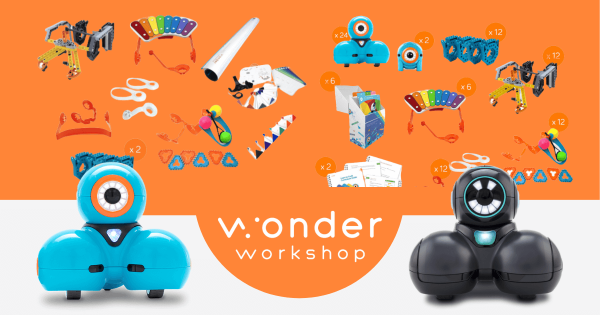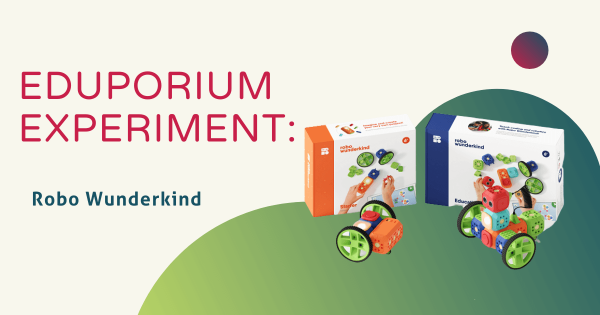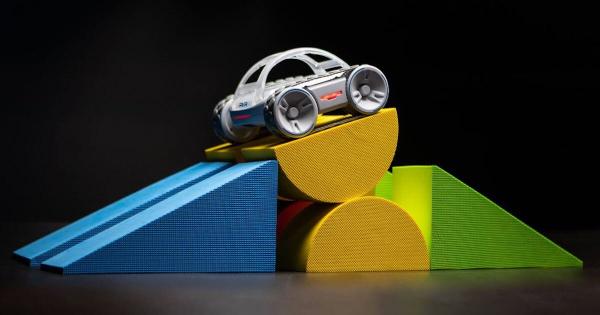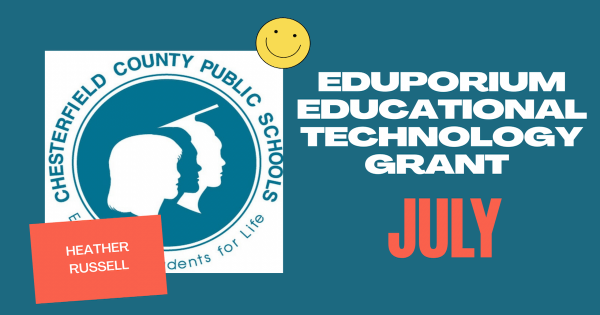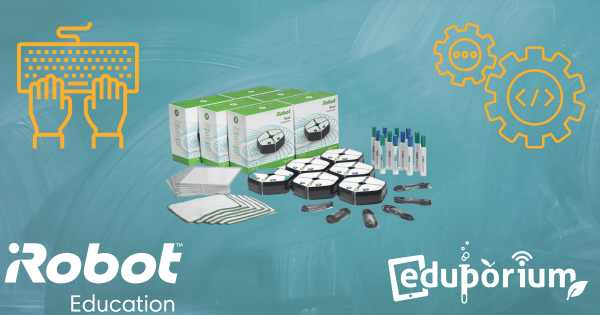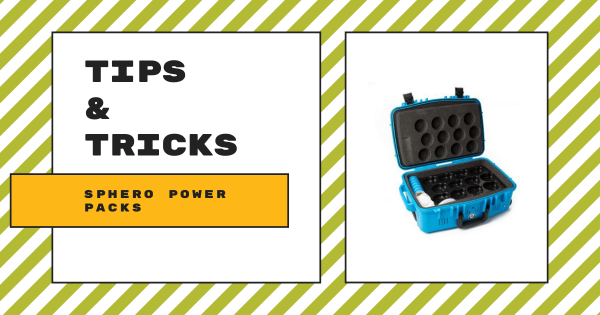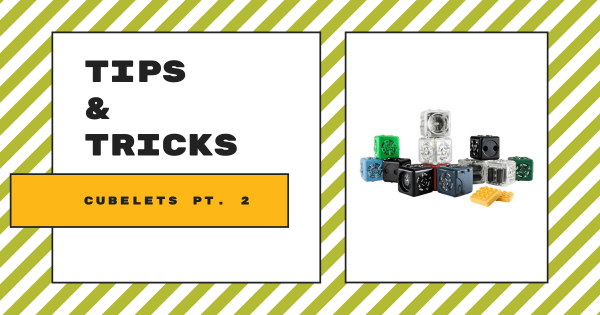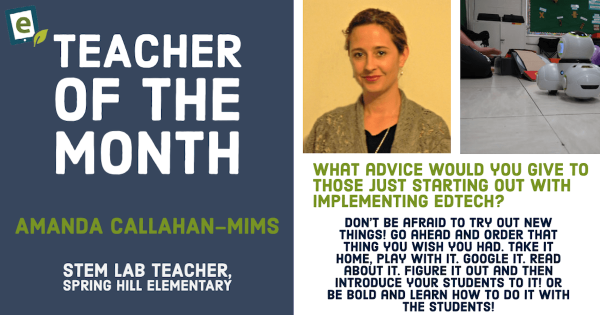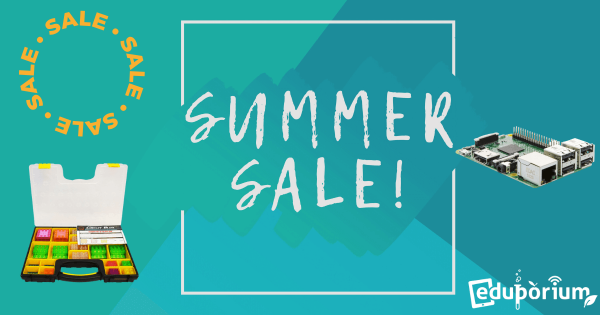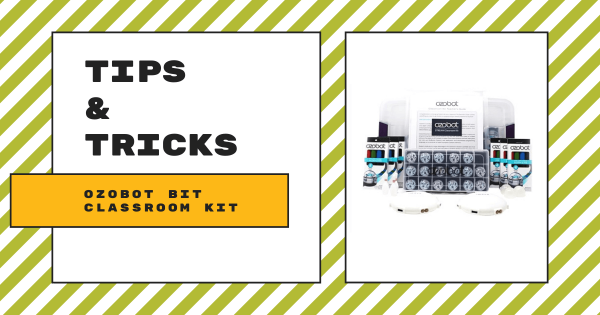Teaching coding and robotics in elementary school just got a great boost! With more convenient and robust Wonder Workshop bundles, STEM educators can teach programming more easily than ever! All six new options are now on our store and include as many as 24 Dash Robots to help energize experiential learning this school year!
Robotics
Some of the most popular paths and effective approaches to preparing students for their future involve using robotics tools. A significant subsection of STEM education, coding robots and other types of programmable devices enable a large percentage of the STEAM learning that occurs in our schools. Using educational robotics tools, students from Pre-K to college can develop key coding skills. This is largely because, among these various robot kits, many are compatible with various programming languages. So, beginning in Pre-K, a child might use the Cubetto Robot in screen-free coding activities. Then, they might move on to the Bee-Bot or Blue-Bot for CS experiences that are slightly more complex. And, by the time they're in kindergarten or first grade, they have a legitimate foundation and they're ready to continue developing fluencies in coding, problem solving, and even computational thinking.
One reason robotics in education is so effective is due to various advances in robotics equipment for schools. Beyond introducing the absolute basics of coding early on (and without a screen), students can then progress to one of the most basic forms of coding, which you might know as Blockly. So many robotics tools incorporate the Blockly coding language along with their corresponding programming environment. In fact, the Ozobot Evo, Root Robot, Edison Robot, and Dash Robot are among the most popular elementary robotics tools. These help children build on coding and technology knowledge as they prepare for the next step—text programming. In text coding, they can use tools like the databot 2.0, NAO Robot, and most of the others we've mentioned. And, through these experiences, they can develop STEM skills in a tangible way while using robotics tools to do so.
-
Eduporium Experiment | STEAM And The Robo Wunderkind Kits
Plug-and-play accessibility is a pretty common buzzword-like term around the EdTech world. While leaders of almost every company claim to provide solutions that are easy to use right out of the box, not all of them deliver in the ways that the Robo Wunderkind system does. And, that mission starts with an age-appropriate introduction to robotics and STEM in preschool. -
How To Pre-Order The Hackable Sphero RVR Robot
Designed for highly inventive students, the Sphero RVR helps them unlock numerous avenues for creativity—namely that they can hack it using just a Raspberry Pi, Arduino board, or micro:bit. That, combined with this unique potential for customization, make this robot a powerful learning tool. Read on to learn more about it and when you can get your hands on one! -
We've Awarded Our EdTech Grant for July
Heather Russell is a STEAM teacher from Ecoff Elementary in the Chesterfield (VA) County Public Schools. She is working hard to bring more coding and robotics opportunities to the students in the 39 elementary schools in her district and we’re more than happy to be able to reward her hard work and excellent application! -
Root Robot Classroom Packs Now Available
One of the most exciting robots for teaching coding in elementary and middle school, the Root is now available in class packs! Educators can more easily bring Root into their classrooms thanks to the additions of classroom packs in sizes of 2, 6, 12, and 30! Root helps teachers cover key CS concepts, like touch interaction, drawing, loops, and more. -
Tips & Tricks | Sphero Power Packs
The Sphero SPRK+ Power Pack is a safe, mobile, charging station for 12 SPRK+ robots. It is available for purchase empty (if you already own the robots) or with 12 SPRK+ robots, plus maze tape, stickers, charging cables, classroom posters, and turbo covers. This Power Pack is compatible only with the SPRK+ robots and not the Sphero BOLT. -
Tips & Tricks | Cubelets Robot Blocks Pt. 2
Cubelets can be used in just about any grade from PK-12 due to their versatility. For the younger students, it is recommended to begin with the Sense and Action blocks to help them recognize the cause-and-effect relationship between the inputs and outputs. Once mastered, it is then recommended to introduce them to the Think blocks. -
Eduporium Featured Educator: Amanda Callahan-Mims
We love being able to share their stories and their work with you and hope this series continues to give other educators encouragement to try something new in the classroom! This month, we’re featuring Amanda Callahan-Mims, a STEM Lab Teacher from Tennessee, who led an amazing repurposing of a school bus into a STEAM space! -
Start of Summer Sale on STEAM Tools from Eduporium
To kick off the start of the summer months, we’re offering educators access to some of our best deals ever. While supplies last, you can enjoy 50 percent off select EdTech tools on our store. So, if you’re looking to get your summer classroom shopping done early and prepare all your EdTech tools for the start of the upcoming school -
Tips & Tricks | Ozobot Bit Classroom Kit
The Ozobot Bit is a pocket-sized robot packed with a lot of tech, including optical sensors for detecting lines and color codes, an LED light, a strong polycarbonate shell, and a rechargeable battery. For teachers who want multiple Bits, the Ozobot Bit Classroom Kit (which comes with 18 Bots) is an affordable way to do so.




